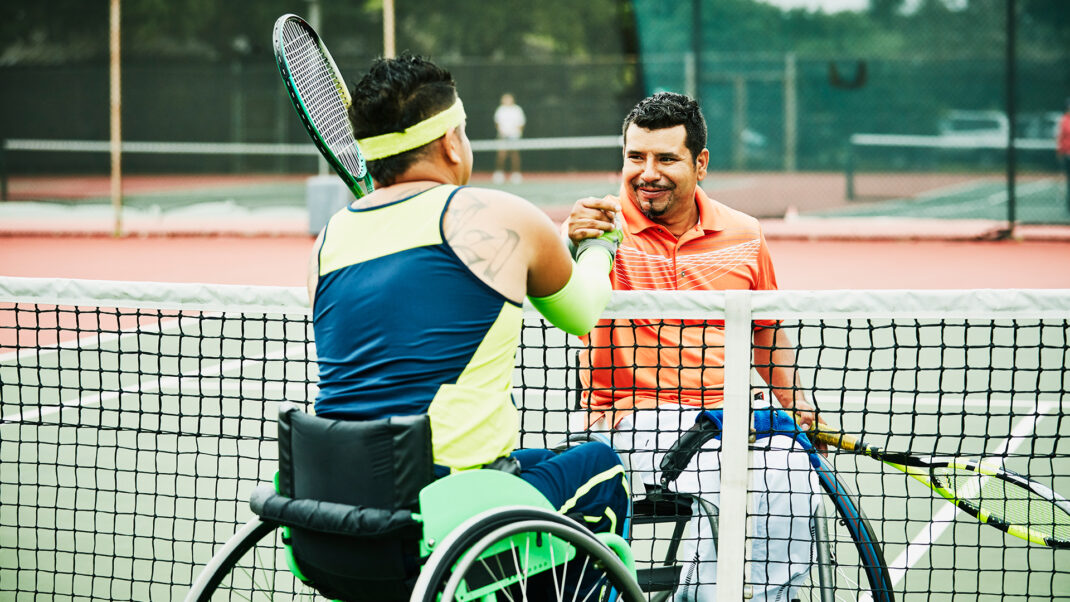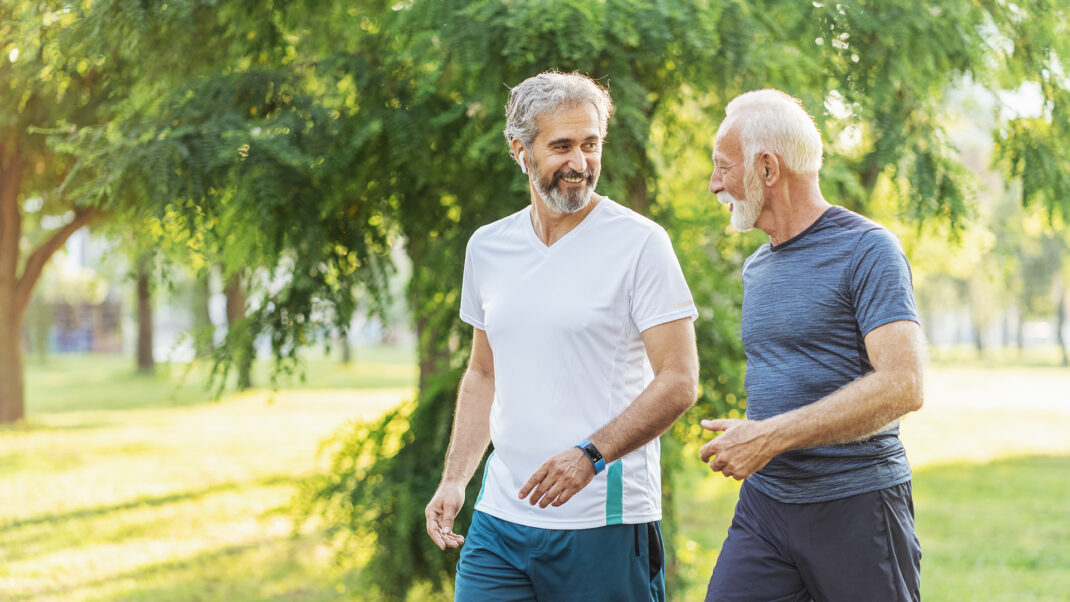7 Common Questions On Sarcopenia

1. Does sarcopenia affect men or women to a greater extent?
There is no evidence to support gender specificity in sarcopenia. It is highly related to inactivity; older adults with lower levels of physical activity are more likely to develop sarcopenia.
2. Is sarcopenia hereditary?
The onset of sarcopenia itself is not hereditary; however, many hereditary diseases and dysfunctions prevalent in later years may lead to a sedentary lifestyle and, in turn, to sarcopenia.
3. What is the progression of muscle mass and strength loss in inactive people?
After age 50, there is a progressive 1%–2% loss of muscle per year. Muscle strength decreases by 3% each year after age 60 (Doria et al. 2012).
4. Which foods best prevent and combat sarcopenia?
A diet rich in antioxidant-containing foods—such as fruits and vegetables— is recommended (Doria et al. 2012).
5. Can older adults make muscle gains, or only slow the process of muscle loss?
With proper stimulus (resistance training) and adequate protein intake, it is both possible and common for older adults to gain muscle.
6. What muscle fibers does sarcopenia most affect?
Sarcopenia has the greatest immediate effect on type II fast-twitch glycolytic fibers as opposed to type I slow-twitch oxidative fibers (Doria et al. 2012).
7. How do I know if a person is in the “frail elderly” population?
Features of frailty are regular fatigue and inability to walk a block or climb a flight of stairs. Frail people often suffer from several illnesses and loss of weight (Morley 2012).
To read the full article published in the February 2014 issue of the IDEA Fitness Journal click here.
References
Doria, E., et al. 2012. Relationship between human aging muscle and oxidative system pathway. Oxidative Medicine and Cellular Longevity, doi:10.1155/2012/830257.
Morley, J.E., 2012. Sarcopenia in the elderly. Family Practice, 29 (1 Suppl.), i44-i48.
Len Kravitz, PhD
Len Kravitz, PhD is a professor and program coordinator of exercise science at the University of New Mexico where he recently received the Presidential Award of Distinction and the Outstanding Teacher of the Year award. In addition to being a 2016 inductee into the National Fitness Hall of Fame, Dr. Kravitz was awarded the Fitness Educator of the Year by the American Council on Exercise. Just recently, ACSM honored him with writing the 'Paper of the Year' for the ACSM Health and Fitness Journal.






